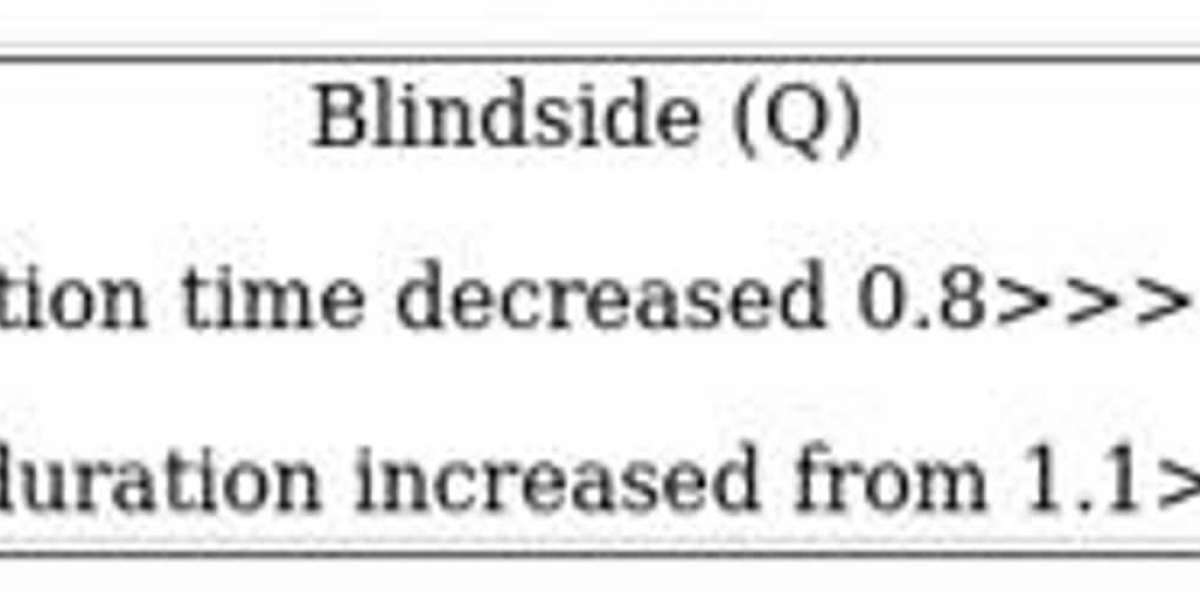How Does an Isolation Transformer Work?
The transformer works on the principle of electromagnetic induction, similar to other transformers. AC voltage applied to the primary winding generates a magnetic flux in the core, which induces a voltage in the secondary winding. The key feature is that the primary and secondary windings are not electrically connected, providing galvanic isolation between input and output.
Key Features of Isolation Transformers
Electrical Isolation – Prevents direct electrical connection, enhancing safety.
Noise Reduction – Reduces electrical noise and interference in sensitive equipment.
Surge Protection – Helps protect devices from voltage spikes.
Voltage Regulation – Maintains stable output voltage under varying loads.
Types of Isolation Transformers
Single-Phase Isolation Transformers – Commonly used in offices, medical equipment, and small electronics.
Three-Phase Isolation Transformers – Designed for industrial machinery, large HVAC systems, and power plants.
Medical Isolation Transformers – Built to strict safety standards for hospitals and laboratories.
Dry-Type Isolation Transformers – Air or resin cooled, suitable for indoor environments.
Oil-Filled Isolation Transformers – Used for high-capacity or outdoor applications.
Applications of Isolation Transformers
Hospitals Laboratories – Ensures safety for sensitive medical equipment.
Industrial Machinery – Protects motors and automated systems from voltage spikes.
Data Centers – Safeguards servers and IT equipment from electrical noise.
Consumer Electronics – Reduces interference in high-end audio and video equipment.
Renewable Energy Systems – Isolates inverter outputs from the grid to enhance safety.
Advantages of Isolation Transformers
Provides safety from electric shocks.
Reduces electrical noise and harmonics.
Protects sensitive equipment from voltage fluctuations.
Improves overall system reliability.
Conclusion
An isolation transformer is essential wherever electrical safety, noise reduction, and equipment protection are critical. From hospitals to industrial plants and data centers, these transformers ensure reliable and secure power delivery while safeguarding personnel and devices.







